The 50 best photographs selected from more than 200 works in the photography book entitled “BinhThuan, Where I Live” by photojournalist Huu Thanh, which are exhibited at Pandanus Resort in the province of Binh Thuan, depict the peaceful land and friendly and hospitable people of BinhThuan.
The 50 best photographs selected from more than 200 works in the photography book entitled “BinhThuan, Where I Live” by photojournalist Huu Thanh, which are exhibited at Pandanus Resort in the province of Binh Thuan, depict the peaceful land and friendly and hospitable people of BinhThuan.
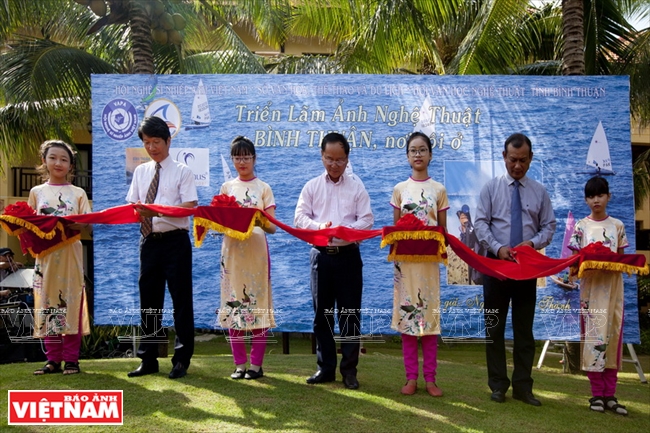
Delegates cut the ribbon to inaugurate the exhibition.
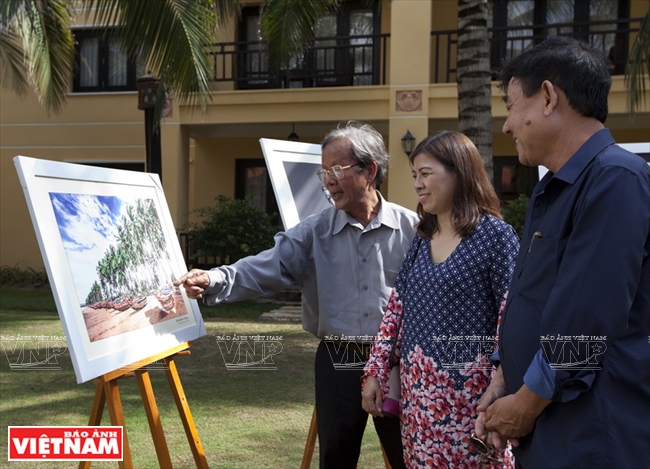
Photographer Huu Thanh (right) share his memories when taking photographs with viewers.

Works displayed at the exhibition depict the beautiful land and hospitable people of BinhThuan.
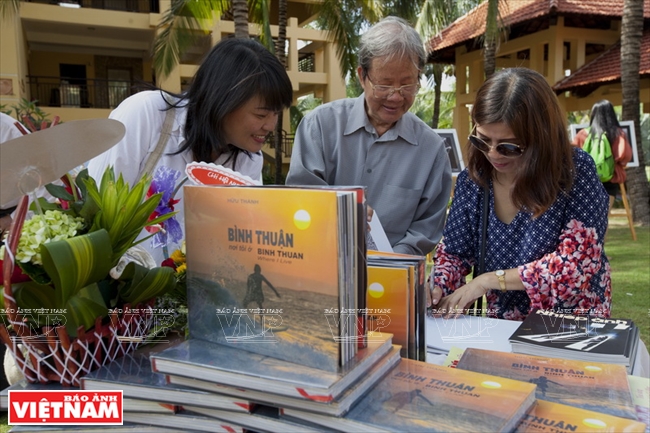
Viewers share their emotions when looking at photographs at the exhibition. |
"Huu Thanh’s photographs target life as nature so they are very successful in presenting the breathtaking beauty of his second homeland to viewers and photography lovers"
(Vu Khanh, Chairman of VAPA)
|
Working as a journalist for Vietnam Pictorial, Vietnam News Agency, Huu Thanh has travelled to every corner of the country and recorded the natural landscape and daily lives of different classes, especially the working class in society.
The photography book “BinhThuan, Where I Live” leaves viewers with strong feelings because of the images of human activities . Each of his photographs targets life as nature so they are very successful in presenting the breathtaking beauty of his second homeland and telling stories of K’ho women, the only wild elephant herd in Duc Linh and Tanh Linh or winding sand dunes in Mui Ne.
Nguyen Huu Thanh acknowledged: “More than 30% of our photographs have now become “historical documentary ones” because many of the beautiful spots no longer exist, namely Mui Ne coconut row, Hong Hill, Ganh Son Coracle and some beautiful sand dunes in Mui Ne. Through the exhibition, I hope that the local authorities, businessmen and locals make joint efforts to protect and preserve relic sites and cultural and historical spaces.
Some works at the exhibition entitled “Binh Thuan, Where I Live”
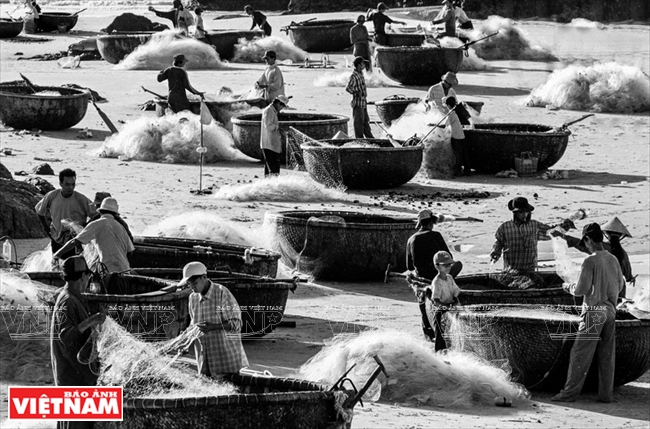
The season of catching crabs with a net.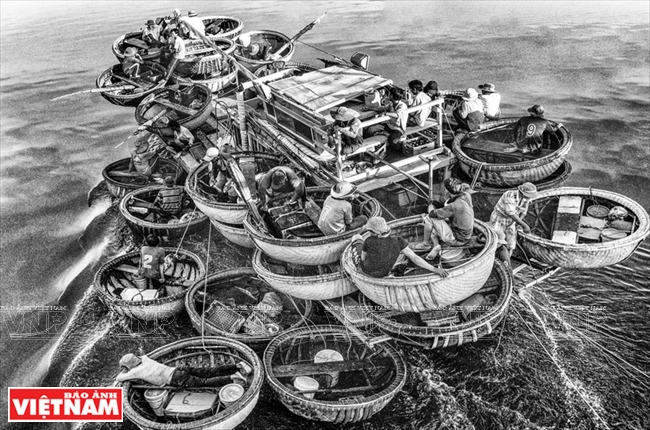
Coracle fleet.
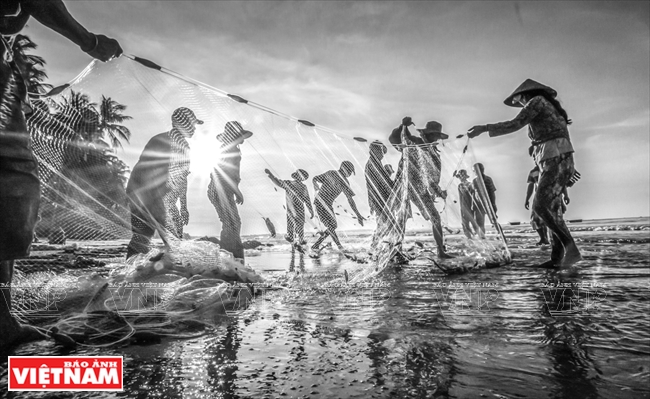
Picture of the sea.

The worshiping rite of cleaning and decorating the ancestral grave on Ramuwan festival day
of the Cham ethnic people who practice the Bani religion.
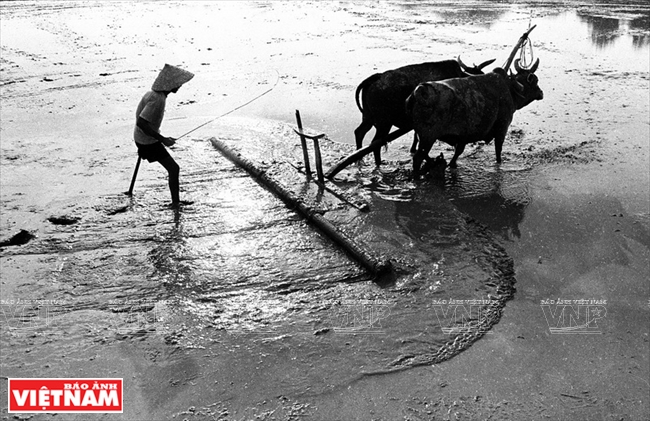
Post-war vestiges.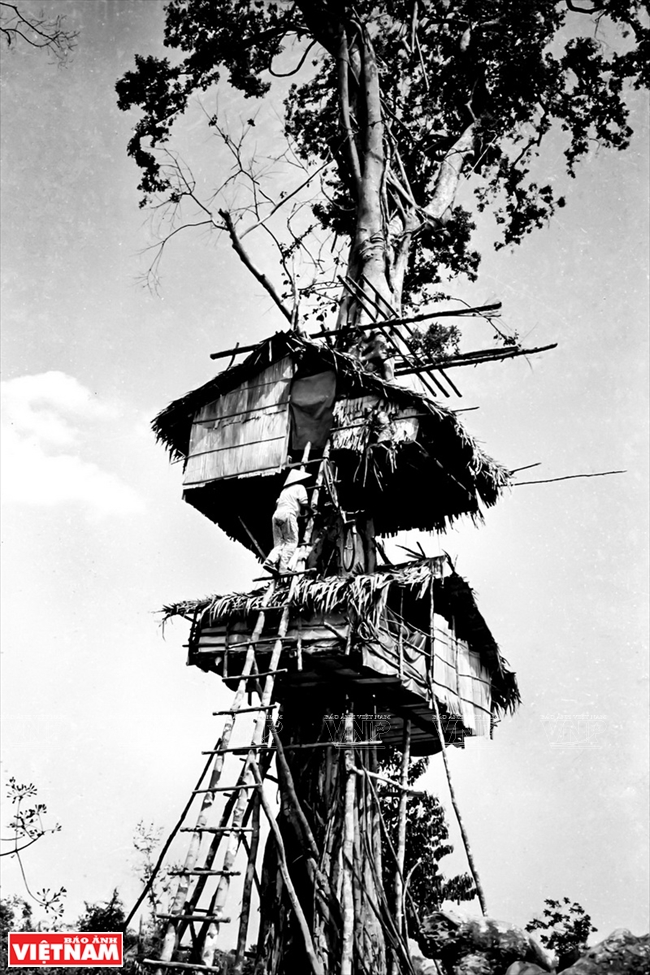
Wild elephant avoiding shelter.
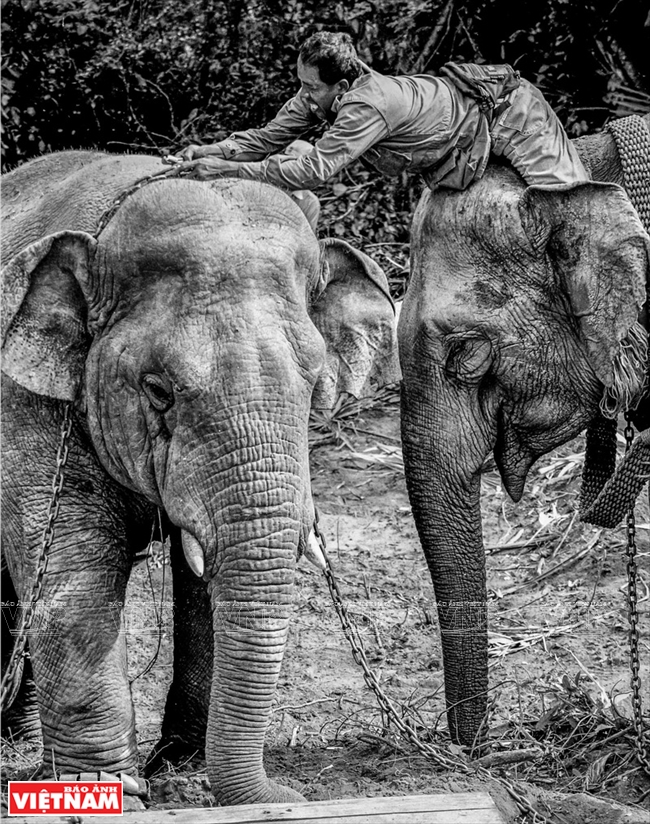
Taming a wild elephant.
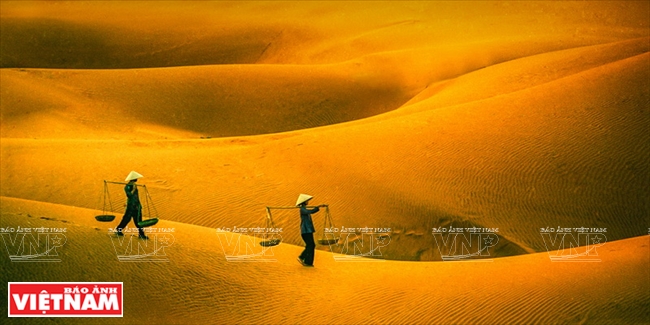
A sand dune.
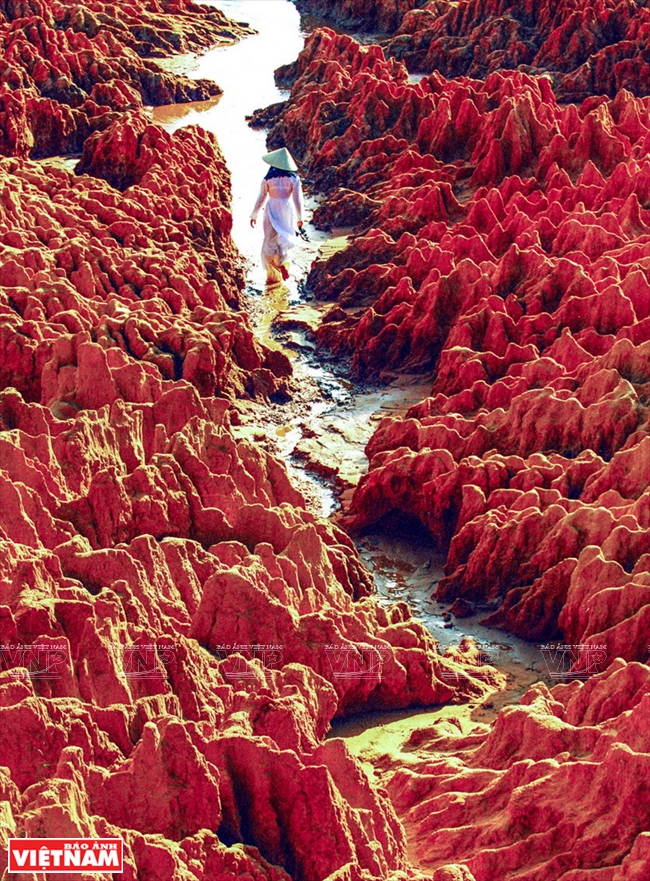
Hong Hill – a beautiful spot in Mui Ne which no long exists.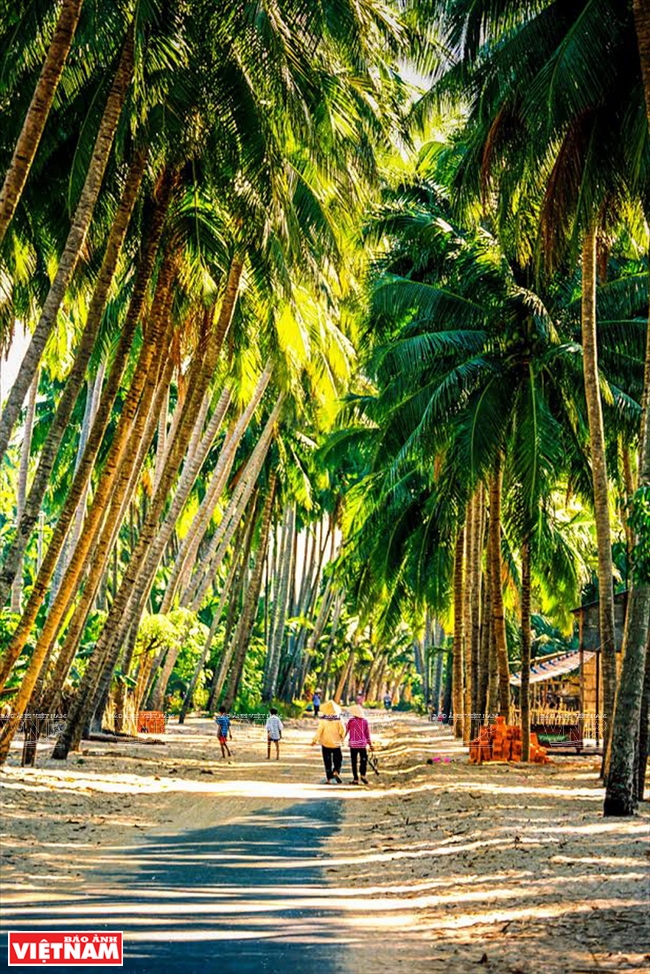
The coconut row on Phan Thiet Road in Mui Ne in the past.
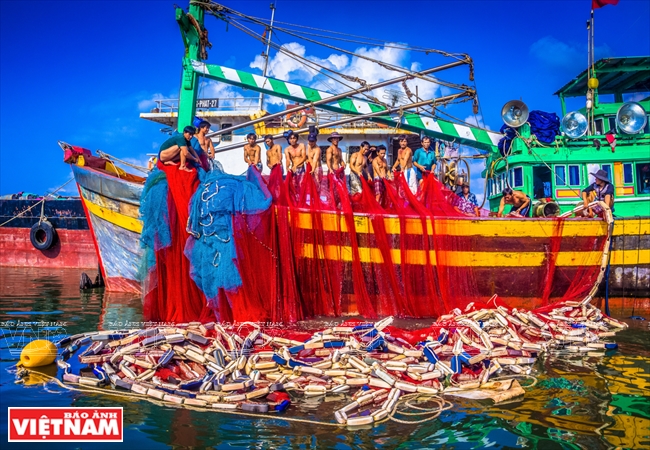
Preparations for going out to sea.
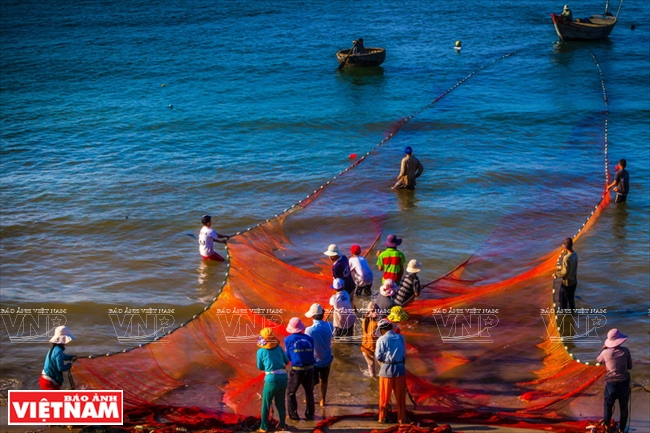
Pulling a large fishing net.
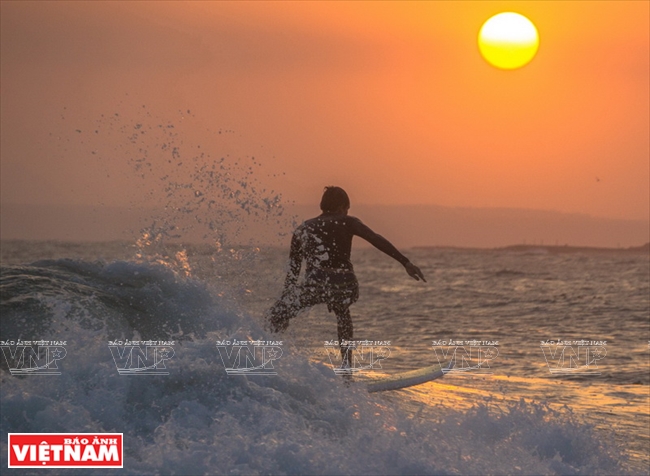
Playing in the waves at sunset.
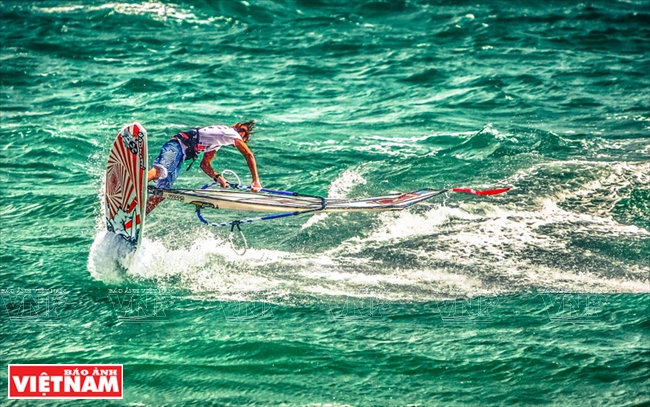
Games of the wind.
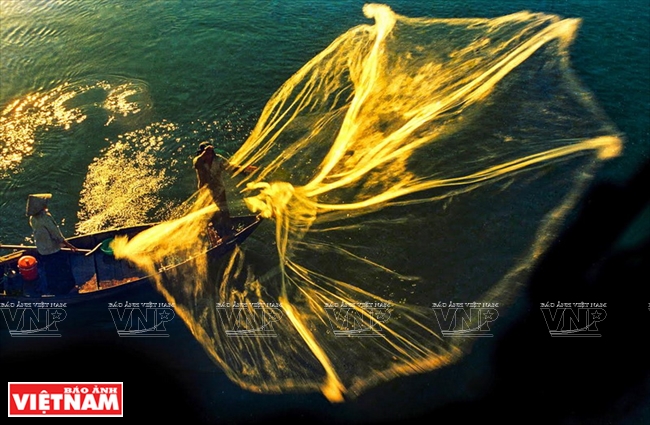
Throwing a casting-net.
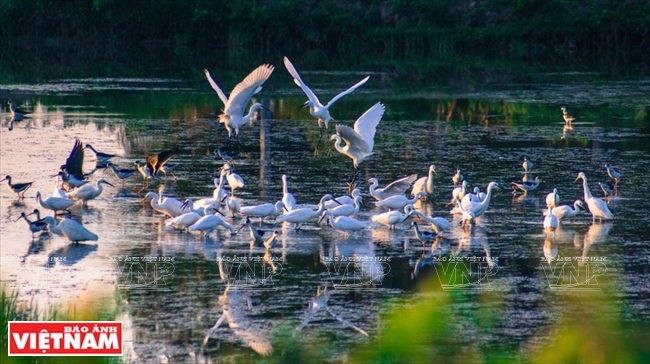
Mingling with nature. |
"His photographs show both the aesthetic taste of an artist and the sensitivity and acute sense of reality of a journalist. As a result, his images are both natural and veracious which are the fruit of his serious labor with great zeal for many years. Scrutinizing every photograph, viewers can feel the rhythms from his heart and love for the art."
(Tran Mai Huong, Former General Director of the Vietnam News Agency)
|
By Dang Kim Phuong